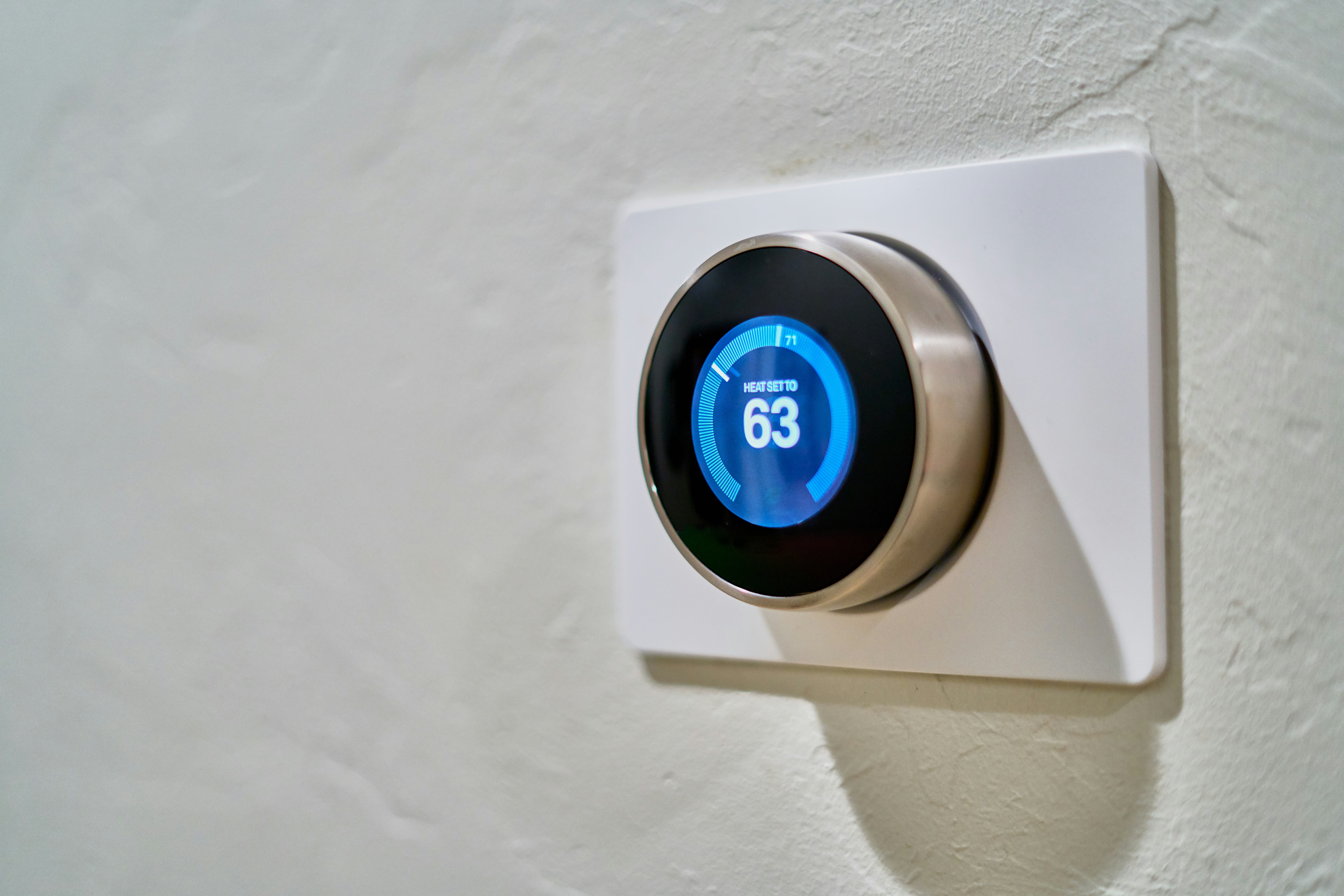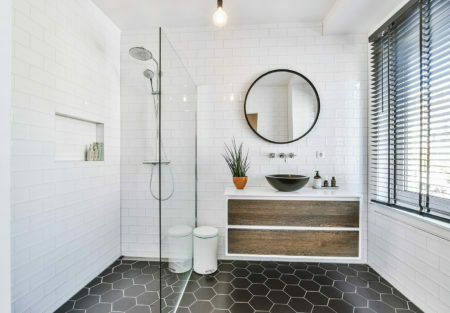Depending on where you live, it may be more common for homes and rental residences to have central air conditioning or window air conditioning units. In the southern United States, central air is the most common solution, likely due to the frequent and extreme heat. The further north you go, however, the more likely you are to start seeing window units that people install in an attempt to save money. As far as the potential pros of window units go, their cheap cost is the only real advantage they have over a central air conditioner. They’re inexpensive to purchase and have no installation fee. Theoretically, they can save energy by only cooling the rooms you’re in, but homeowners with large houses probably won’t have much use for hot rooms.
For most homeowners and landlords alike, choosing central air when installing a new air conditioner is the way to go. Seeing this done is also one of the best practices for new investors who are interested in investing in real estate. Here are some of the greatest features of central air and how they work.
Full House Cooling
The most obvious advantage a central air conditioner has over window air conditioners is that it can cool your entire home instead of one limited space. The same goes for heating when you install a complete HVAC system. Your air conditioner can be thought of like a refrigerator for your house, and it operates on some of the same principles. Ac units use a refrigerant that starts as a liquid and then transforms into gas and back to liquid as it travels through tubes and coils around the house.
This transformation is a process called a phase change, and it absorbs heat. AC systems use this principle to take hot air from an area and replace it with cool air. When the refrigerant is turned back into liquid, it creates more heat than gets flushed outside via condenser coils and a fan. A furnace located in your house then pumps the cool air into all rooms of the house using the ductwork.
Even Temperatures
While lowering the temperature of your entire house is the greatest advantage of a central air system, the ability to keep temperatures even isn’t far behind. It would be a shock to see your thermostat claim your house is at 70 degrees only to walk into another room and experience a five-degree temperature difference. Window units can only cool what’s nearby, and they may fail to even keep the temperature of one room the same. A central unit is constantly circulating the air, so your house will stay at whatever you set the thermostat to.
Advanced Features

New systems have features that you simply won’t be able to find with window units or older systems including a variable speed compressor, smart communication between all HVAC components, and air quality add ons. Such add ons can include air purifiers, humidifiers, UV lamps for coils to prevent mold build-up, and more.
Like any air conditioners, these new AC units begin working when they’re signaled by the thermostat, and the air-handling unit begins drawing air through return air ducts. Airborne particles are purified, and then the air is routed back through the ductwork where the blower begins pushing cooled air back into the rooms.
The primary disadvantage of central air conditioners is their initial cost and the amount of work and costs involved in replacing your central air conditioner if it stops working. To ensure your unit works without problems for as long as possible, be sure to replace filters as recommended, and keep vents free from debris. You may want to have an annual maintenance check done to make sure everything stays in working order since even simple repairs can cost as much as a window unit.





